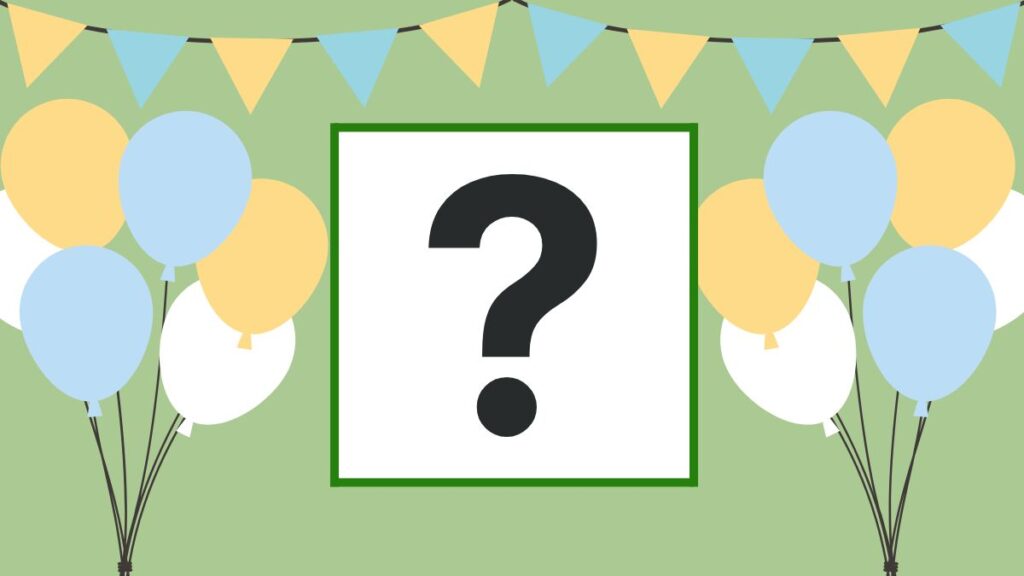Don’t panic — it’s just a fun little trivia quiz about May Day. For thousands of years, people around the world have celebrated May 1 in a wide variety of ways. How much do you know about May Day? Test yourself!
Results
Oops! We’re sure you’ll ace our June quiz! Start studying by getting your hands on a copy of Uncle John’s Awesome 35th Anniverary Bathroom Reader.
#1. May Day is not rooted in which of these ancient European celebrations?
Calan Gaef is a Celtic-Welsh holiday that commemorates the start of winter. May Day celebrations that continued into the early 20th century directly derive from Beltane and Floralia. Arguably the most important holiday for ancient Celts, Beltane signified the beginning of spring (and was held right around May 1 on the modern calendar). Seen as the halfway point of the year, it was all about celebrating the difference between the dark of winter and the light, life, and fertility of spring and summer. When Roman forces invaded and occupied Britain around 50 B.C., they brought a five-day festival called Floralia, a feast celebrating Flora, the goddess of Flowers. It also occurred around May 1, and over time, Britons merged Beltane and Floralia. Customs like handing out baskets of flowers and treats to neighbors and dancing the maypole emerged from these celebrations.
#2. The observation of May Day as a holiday boosting labor unions and speaking truth to power (particularly after the early May 1886 Haymarket Riot in Chicago) led to President Grover Cleveland to create what new official federal holiday?
The workers’ rights movement reached one of its most dramatic and historic moments in the spring and summer of 1894. From early May to July 1894, the Pullman Strike (not the first mass labor interrupted of the day) stopped train travel and shipping. Workers went on strike, and many refused to do business with the Pullman Palace Car Company, which cut wages but kept prices up for its employees who lived in its company town. Militias and injunctions quelled riots and eventually ended the widespread strike.
#3. How is May Day officially commemorated in the United States?
After May Day became so strongly associated with socialist groups and labor unions in Europe, Congress, in the middle of the anti-Communist “Red Scare” of the 1950s, passed a bill that declared May 1 to be Loyalty Day. Inviting Americans to swear their patriotism and loyalty to the U.S.A., it was a rebuke to the collectivist and Communist ways of the Soviet Union and its allies. Most every president since has made a proclamation on what Loyalty Day means to them, in terms of an expression of American values.
#4. How did the internationally known distress call “Mayday! Mayday!” Get its name?
The doom-laden call of “Mayday!” has nothing to do with May Day or anyone named May. In 1923, London airport radio officer Frederick Mockford was tasked by his commander with devising a phrase to instantly convey panic or a sense of emergency, understood by both pilots and ground crew. Mockford quickly came up with “mayday,” an anglicized version of the common French term “m’aider,” (pronounced, roughly, “may day”) which means “please come and help.”











